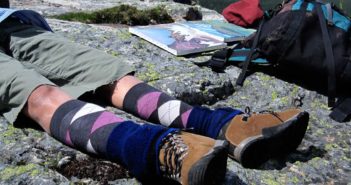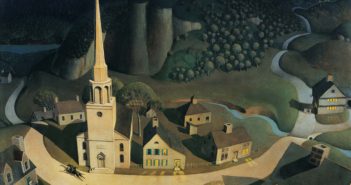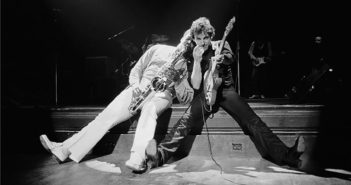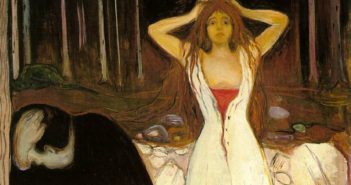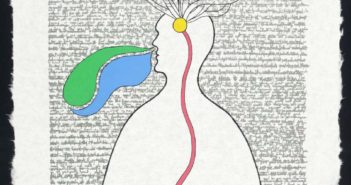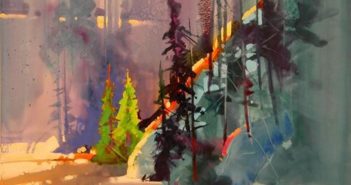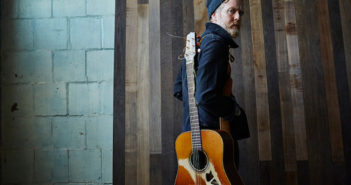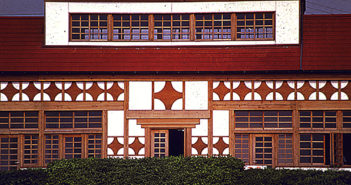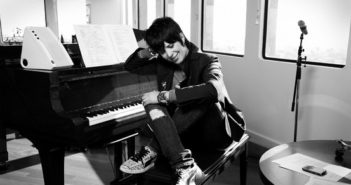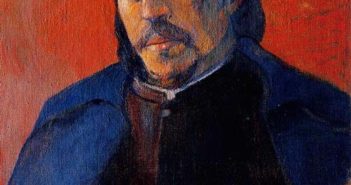
Mastery or spark?
A subscriber wrote, “In judging an art fair this weekend, I found myself utterly affected by the input of a fellow juror. Suddenly my picks seemed wooden and overworked. He was looking for spark. I was seeking mastery. In my search, I lost my yen for a purity of expression. He brought it back again by describing his delight in seeing a single line applied with élan! I’ve been changed by this occurrence. I can see that my own future work will grow from the exchange.”

